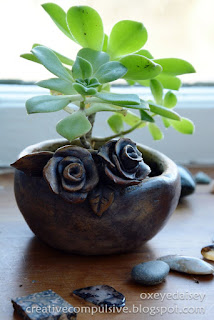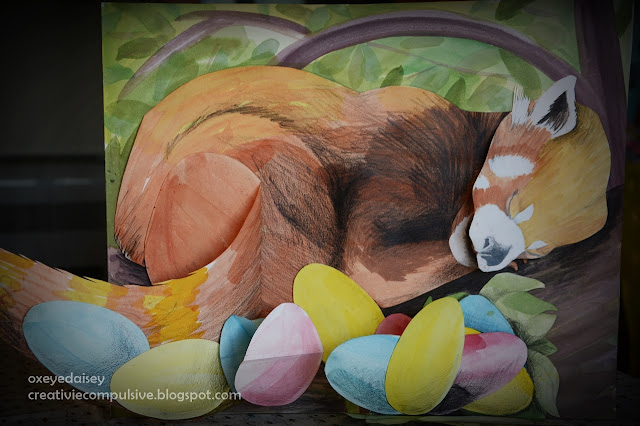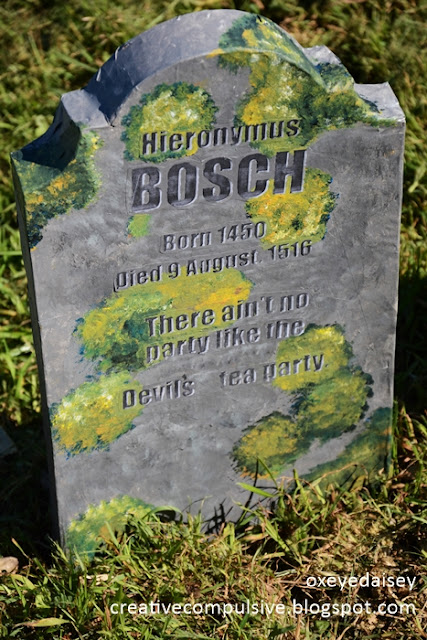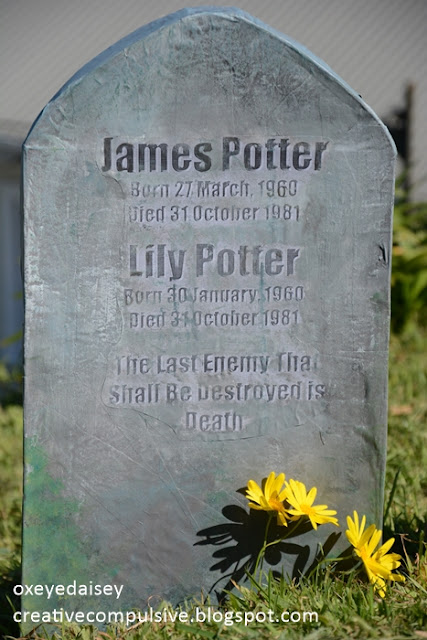 |
| Pinch Pot Planter, Coloured with Iron Oxide |
Making a pinch pot planter is a fun ceramic project whether you are a well seasoned potter, or a beginner. Planters are a great addition to both indoor and outdoor spaces, and make lovely gifts.
Here are some things to consider as you work on your planter design.
Questions
to answer before you begin…..
What type of plant will go into your planter?
 |
| Planter on top of a fence post around the chicken run. |
Knowing the type of plant you plan on placing in the planter will help with the design.
Will
the plant be part of the planter’s design? Some plants hang down, some plants are tall and spiky. The planter to the left was designed specifically to hold a hen and chick succulent. The leaf shape is mirrored in the feathers on the birds head. Think about what kind of plant will complement your design and vise versa.
Will the
planter hold an indoor or outdoor plant? An indoor planter may or may not have drainage holes for water. An outdoor plant will absolutely need a drainage hole, to keep the plant from being over watered when it rains.
Can the
plant live in a container without a drain hole, or will it need to sit on a
tray?
The planter at the top of the page was designed to be outdoors on a fence post. It has a water hole worked into the design of the beak. When it is finally in place...hopefully someday...the excess rainwater will drain out the beak.
How will your planter be displayed?
Will the planter sit on a surface and if so, will it sit flat or be elevated on legs? When a planter sits flat on a surface, the bottom of the planter needs to also be flat. If there is not a sturdy flat bottom, the planter may become wobbly and easy to knock over once the dirt and plant have been added. The addition of legs is great way to add visual interest. Three legs tend to be more sturdy than 4. If you are adding 4 legs, but want the stability of 3 legs, you can purposefully make one of the legs raised, as if it is in motion. Remember, legs should be attached firmly, as legs have a tendency to detach during firing.
 |
| Planter made by my daughter...and thriving plant thanks to her green thumb. |
Will the planter hang on a wall? A plant is a beautiful addition to an inside or outside wall. How the planter will hang on the wall needs to be carefully considered during the planning phase. You will need to make sure the planter is easy to hang, even once the dirt and plant have been placed inside.
Will the planter be suspended from a string? I am quite fond of plants hanging in a window. It is important to consider the string during the design phase. A watered plant in a ceramic pot can be surprisingly heavy. You need to be certain the string will hold. The planter shown above was designed to hung, however the sting snapped after the plant had been established and has proven to be too tricky to add a new string. However, the plant is happy enough to flower and is quite lovely.
Will the planter be incorporated into another object?

 Designing planters as parts outdoor sculptures can be a creative way to add more plants to outdoor spaces. Planters also can be added to the tops of fence posts, or the tops of rock walls.
Designing planters as parts outdoor sculptures can be a creative way to add more plants to outdoor spaces. Planters also can be added to the tops of fence posts, or the tops of rock walls. What type of pinch pot will best suit your design?
 |
| Pinch pot with roses made by my daughter |
Will a
normal pinch pot do, or do you need to make a "potato" (a hollow ball)?
Some designs will work great with your run of the mill pinch pot. However, if you are adding things to the base pot, like a head, or large beak, or building something tall, consider using a "potato."
 |
| Blue Musk Ox made from a "potato" |
A potato is two pinch pots, of the same circumference that have been placed together to form a sturdy hollow ball. The pressure created by the air trapped on the inside of the hollow ball makes a very sturdy structure, even in fresh clay. Once a hole has been made in the ball, and the air pressure released, the sturdiness is lost. If you are working with a potato, wait until the pot is leather hard before making a hole in the potato.
 |
| Texture made from lace. |
How will you finish your planter?
What textures do you find appealing? Texture can be a fun way to add a little pizzazz to a simple plant pot. Textures are beautiful with an oxide or underglaze rubbed into the recesses.
In the design phase, it is good practice to think about how you will finish your pot. How
will your planter sit on the kiln shelf? What parts of the planter will be glazed? Will you use underglazes? Will you use oxides?






























